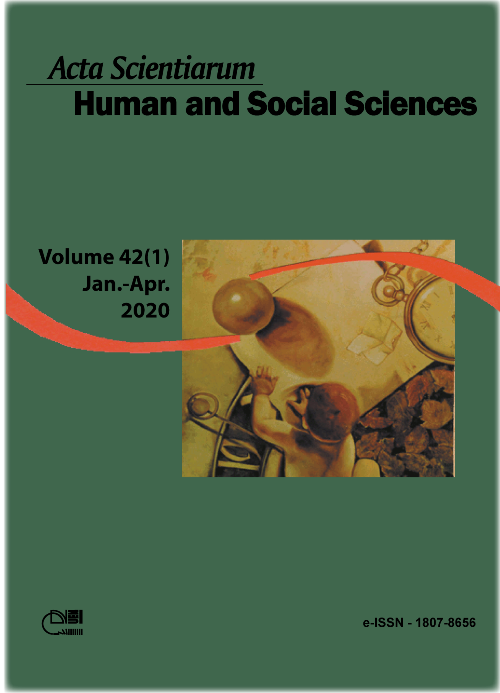Interdisciplinarity in public administration: proposal of an evaluation model
Interdisciplinaridade na Administração Pública
Abstract
The provision of public services in a Democratic State of Law (DSL) implies to act efficiently and effectively. Public policies need to impact society, contributing to social and economic improvements. This article, due to the existence of gaps in the training of public managers, proposes to discuss interdisciplinarity in the field of Public Administration. Therefore, the general object is to build a model that can contribute to the measurement of the maturity of interdisciplinarity. The work and the proposed model are based basically on the theoretical contributions of Ramos (1996), Maturana (2002) and Japiassu (2006). The proposed model lists five criteria considered sufficient to evaluate the maturity of interdisciplinarity, as well as shows how these criteria can be considered in a weighted way. The concepts that permeate all work are: a) autonomy and complexity of Public Administration; and b) Sociological Reduction. The limitations of the study are related to the boundaries of the public field. It is believed that the proposed model, being generalist, can be used for other areas of knowledge, when interdisciplinarity is considered fundamental. This research leaves the possibility of future studies to understand how Interdisciplinarity occurs in Public Administration courses in Latin America and also as an opportunity to apply the model proposed in other Higher Education Institutions.
Downloads
DECLARATION OF ORIGINALITY AND COPYRIGHTS
I Declare that current article is original and has not been submitted for publication, in part or in whole, to any other national or international journal.
The copyrights belong exclusively to the authors. Published content is licensed under Creative Commons Attribution 4.0 (CC BY 4.0) guidelines, which allows sharing (copy and distribution of the material in any medium or format) and adaptation (remix, transform, and build upon the material) for any purpose, even commercially, under the terms of attribution.
Read this link for further information on how to use CC BY 4.0 properly.























